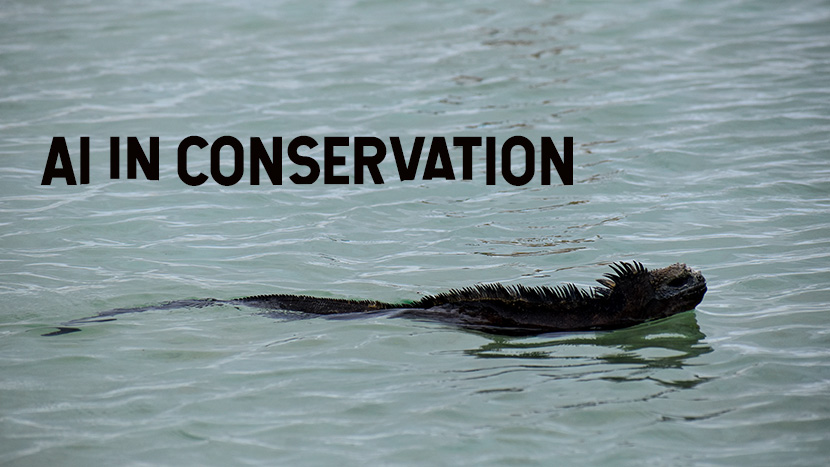How AI Technology Is Transforming Wildlife Conservation Efforts
In today’s world, the urgency to conserve and protect wildlife, ecosystems, and nature as a whole cannot be underestimated. Predicting the impact of new technologies like AI on current and future conservation efforts isn’t an easy task – but we can already see that these new tools are creating a positive ripple effect.
From drones that monitor vast habitats to AI models predicting poaching threats, smart tracking collars, and robust data analytics, these tools are turning the tide. In this guide, we’ll look at how AI-powered tools and systems are already proving to be a game-changer in the world of wildlife conservation.
Drones for Enhanced Pattern Monitoring
In 2023, the UN’s State of the World’s Migratory Species report revealed that nearly half of our migratory species are declining, with one in five species threatened by extinction.
Given these figures, it is easy to see why AI-powered drones are emerging not just as critical monitoring tools. These drones, equipped with advanced capabilities, can track the movements and patterns of wildlife over vast and inaccessible areas.
These include pathways used by migratory birds or fish species. By collecting data that has been, so far, out of reach, they enable conservationists to make better informed decisions, improve conservation strategies, and intervene effectively where necessary.
AI-Driven Predictions
From anticipating poaching incidents to forecasting the recovery of ecosystems, AI’s predictive power is a game-changer for conservationists looking to better understand the impact of today’s conservation efforts and wildlife threats.
For instance, machine learning algorithms can analyze years of data to predict where poachers might strike next, allowing proactive action. When looking at restoration efforts, AI models project outcomes of interventions like reforestation, indicating which areas and species will benefit the most.
Automated Species and Individual Identification
Identifying both species and individuals belonging to a certain species is critical to understand and monitor changes within the population.
However, this isn’t simple without the right technology. Indeed, people would have to spend hours if not days observing an area or an individual to gather the information needed – and, even in this case, findings aren’t immune to human error!
That’s where AI can help. Through automated species and individual identification, AI expedites what was once a slow process. Cameras trap images or video footage in the wild, and AI algorithms analyze these visuals to identify species, and sometimes even individual animals, based on unique features or patterns.
This technology has proven instrumental in tracking endangered species, monitoring their populations, and understanding individual behavior.
Improved Education and Communication
Educating both the scientific community and the public on the importance of conservation is pivotal to achieving results that truly make a difference.
AI can revolutionize education programs in several ways:
- Conservationists can harness powerful tools like video and photography to create immersive learning experiences.
- Experts can design immersive, real-world experiences through virtual or augmented reality, which can help learners connect further with the issue.
- Conservationists can create a custom AI voice for storytelling in multiple languages, enhancing accessibility.
Smart Tracking Collars
The use of smart tracking collars and similar devices has become an invaluable part of wildlife research, offering insights into animal behavior, migration patterns, and critical habitats.
This technology is especially important in efforts to save the oceans by tracking marine animals or helping migratory birds adapt to the changes in global climate. Not only is this data important to protect animals, but also in understanding complex ecosystems and the impact of human activities on them.
Tracking collars or rings can also be used to track one or more individuals of an endangered species, thus helping experts safeguard the last specimen and aid population growth.
Unparalleled Conservation Data Analytics
In the realm of wildlife conservation, data is king. The more robust and comprehensive our data analytics capabilities, the more effectively we can protect endangered species and their habitats.
AI tools transform vast amounts of raw data into easily-understandable patterns and actionable insights, revealing trends that would be impossible for humans to discern within reasonable timeframes.
This capability allows for targeted conservation efforts, efficient allocation of resources, and the ability to rapidly respond to emerging threats. The bottom line? Although we don’t know how this technology will develop in the future, we already know that with AI-driven tools, conservation strategies have already become more efficient and successful.

































































































